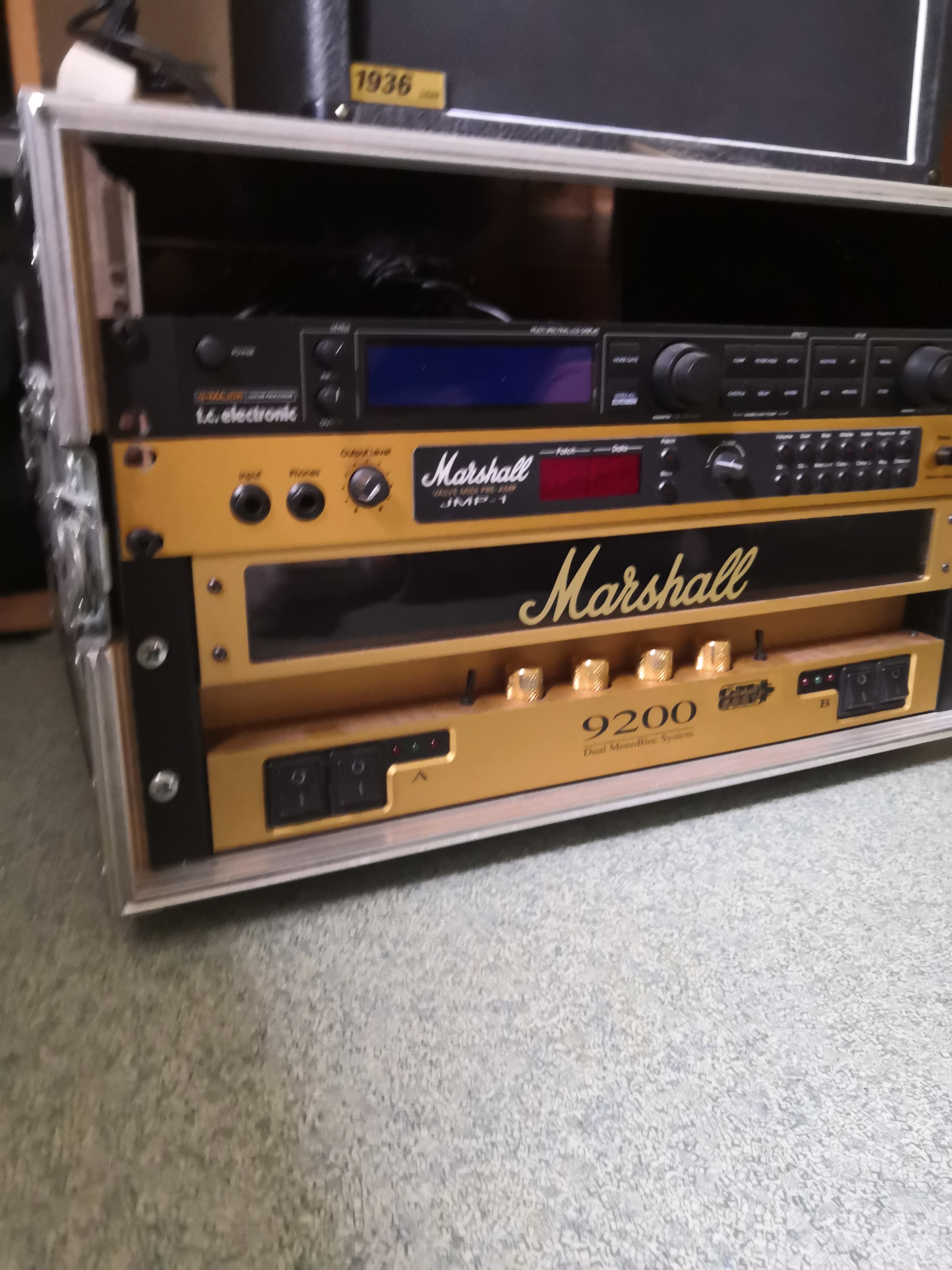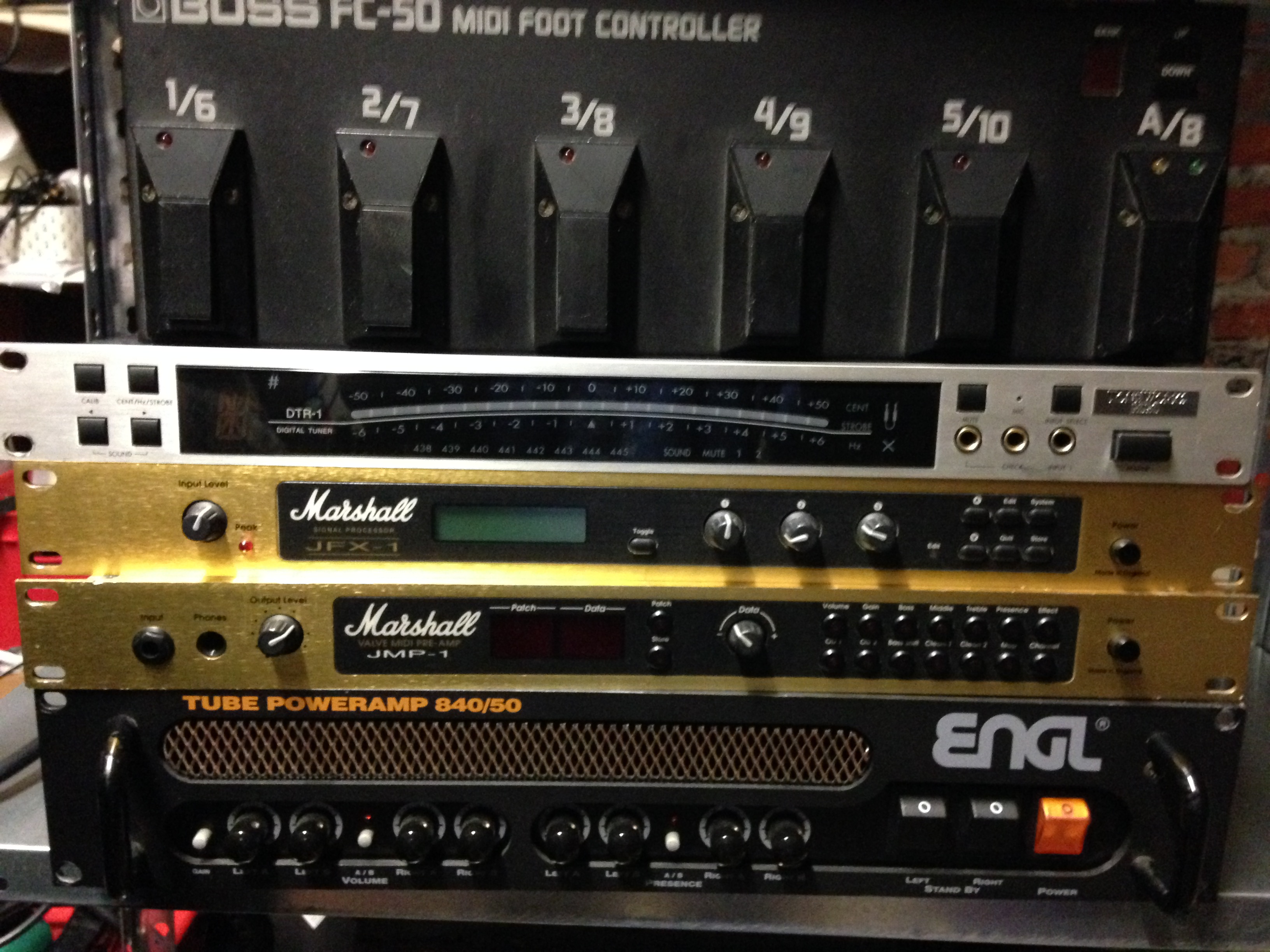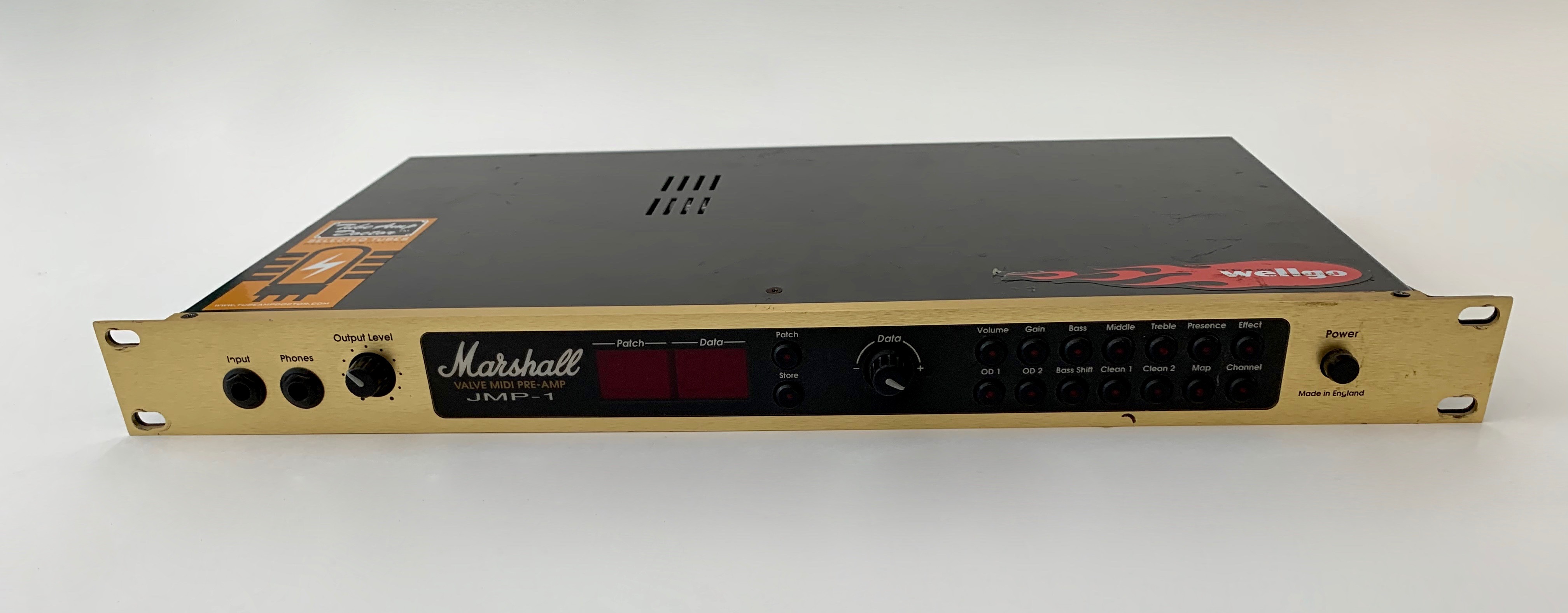


Joe’s virtuosity put him on guitar magazine covers immediately, but it was really his sense of melody that drew audiences There were far more technical guitarists releasing albums in the aftermath, but none of them had a song as good as Always With Me, Always With You. But it was really his sense of melody that drew audiences. Joe’s virtuosity put him on guitar magazine covers immediately, and his warp-speed legato was the latest evolution of shred. But Satriani did it with Surfing With The Alien, charting two rock radio singles along the way with the title track and Satch Boogie. You can’t go platinum playing guitar instrumentals – it’s just not done. Joe Satriani – Surfing With The Alien (1987) As neo-classical guitar got huge, Blizzard Of Ozz stood out for its melody, finesse, and great songs. The ’80s dawned with great guitarists in abundance, but Randy was clearly top of the pile.

Most guitarists would struggle through such an unforgiving setup, and it’s wild that Rhoads delivered those pinched harmonics and punishing legato lines so confidently. The amp was run relatively clean, with most of the crunch coming from his MXR Distortion+, enhanced by an MXR 10-band EQ with a strong mid boost centred at 500hz. This was perfect for Ozzy’s solo debut, Blizzard Of Ozz, which came on like a jet-fuelled Black Sabbath.įor the recording of this album, Rhoads had not yet received the white modified Marshall he is known for, and instead used a rented Marshall JMP 1959 head. The Van Halen brothers had tons of swing, but Rhoads played much straighter. Ironically, the Dutch-born Van Halen sounded much more American, while the Floridian Rhoads’ classical influences had more in common with European guitarists. Crucially, he found the one guitarist in LA who could rival EVH – Randy Rhoads.Īlthough frequently compared, Rhoads’ and Van Halen’s guitar styles are not very similar beyond the fact they both tapped and played fast. When singer Ozzy Osbourne was fired by Sabbath the following year, he assembled a line-up that would never be embarrassed like that. On the 1978 Never Say Die tour, openers Van Halen made the tired and increasingly dysfunctional Black Sabbath look like dinosaurs.

Knopfler’s steadfast refusal to buy a pick, though, means clichés about tone being in the hands are even more true than usual. He used a Pensa-Suhr R Custom synth guitar controller to trigger sounds on a Synclavier synth – as seen in the video for So Far Away. Knopfler was keen to try new technology, with Brothers In Arms being an early all-digital production. The National resonator on the album’s cover only sees service on The Man’s Too Strong. Walk Of Life is a distinctively Telecaster approach, while Strat-style guitars dominate elsewhere. The title track tone comes from a cranked amp, with the Les Paul’s volume and tone backed off to create the dark, touch sensitive sound on the album. Although Knopfler was an early adopter of the Soldano SLO100, it’s likely his main amp for Brothers was still his Marshall JTM45. The rest of the album was largely made with Knopfler’s Schecters and his 80s Les Paul Standard. Knopfler’s steadfast refusal to buy a pick means clichés about tone being in the hands are even more true than usualĭorfsman says Money For Nothing used a Morley wah, Laney 2x12 combo, and a Les Paul Jr. Despite drawing detailed diagrams, Dorfsman could never repeat the effect. Before he could fix it, Knopfler’s tech Ron Eve came on the talk back mic insisting they left it because the tone was amazing. Having set up the session the night before, producer Neil Dorfsman found an SM57 mic pointing at the floor when he arrived. Mark Knopfler’s guitar sound on Money For Nothing was actually an accident.


 0 kommentar(er)
0 kommentar(er)
